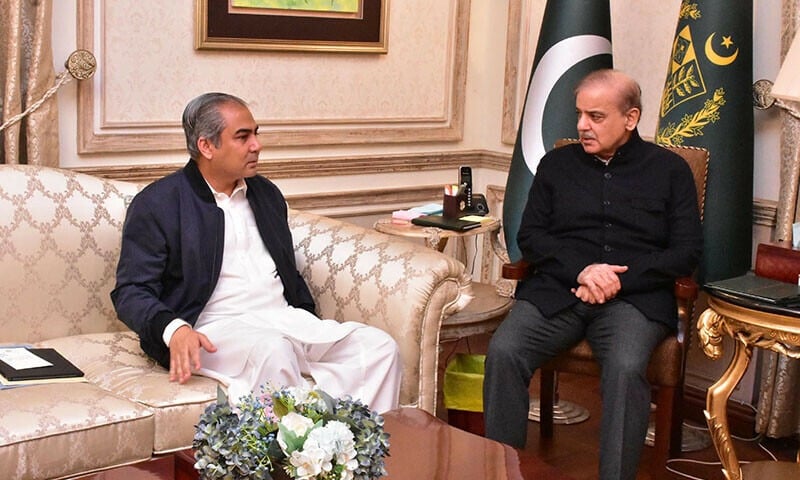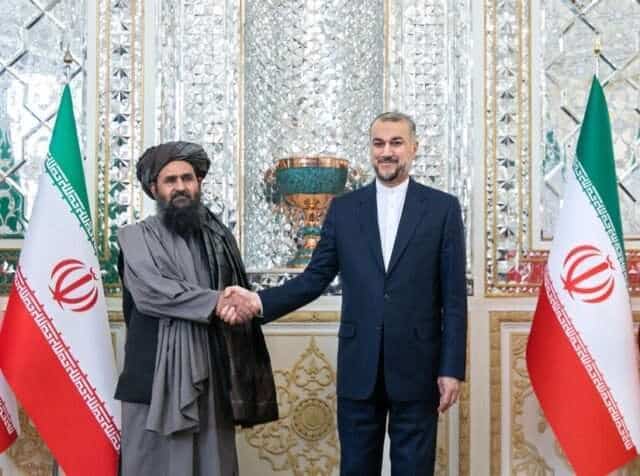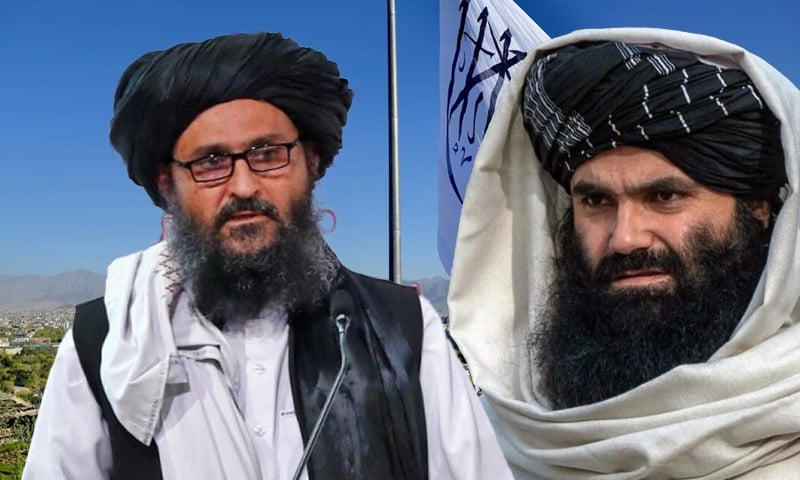Zahir Shah Sherazi
In recent months, Khyber Pakhtunkhwa has witnessed an alarming resurgence of militant presence and coercive influence in its tribal districts. From Bajaur to North Waziristan, reports of armed groups harassing locals and undermining state authority are again making headlines. While the government insists this is part of a broader security operation aimed at rooting out illegal foreign militants particularly undocumented Afghan nationals the situation on the ground is far more complex, demanding urgent clarity and a recalibrated state response.
The historical context is vital. For decades, the tribal belt functioned under the draconian Frontier Crimes Regulation (FCR), a relic of British colonial rule designed not for development, but control. The British used the tribal areas as a buffer zone against Soviet expansion through Afghanistan. Governance in these regions relied on local elders and traditional jirgas, while systemic development and legal reform were conspicuously absent. This vacuum continued post-independence, and despite Pakistan’s sovereignty, state presence remained skeletal at best.
Today, these governance gaps are being filled by non-state actors. The real issue is no longer just about individual groups like the Tehreek-e-Taliban Pakistan (TTP); it is about the erosion of trust between the state and its citizens. When armed actors impose parallel judicial systems, issue punishments, run their own propaganda machinery, and engage in extortion and targeted killings, they are not just a threat—they are a rival state within a state.
Many of these militant outfits do not recognize the Constitution of Pakistan, nor do they respect the rule of law. Their ambition is to dismantle the current system and replace it with an ideological alternative whether under the guise of religion, ethnicity, or nationalism. The question must be asked: who gave them this authority? Neither the state nor any legitimate religious authority sanctioned a violent jihad against Pakistan. In fact, prominent religious scholars and Muftis have categorically declared that any such so-called “jihad” against the state is haram and un-Islamic.
What further complicates the matter is the influx of foreign fighters and undocumented migrants. Post-2021, over 600,000 Afghans reportedly crossed into Pakistan. While many are innocent civilians fleeing chaos, the absence of proper documentation and monitoring makes it easier for hostile actors to hide among them. Intelligence reports have directly linked Afghan nationals to a number of recent terror attacks and suicide bombings. The numbers are staggering: 1.4 million hold Proof of Registration (POR) cards, another 700,000 have Afghan Citizen Cards (ACC), but up to 2.5 million have no papers at all. Without verifiable data, this becomes a significant security risk.
Some argue that the answer lies in peace talks and tribal jirgas. Indeed, the tradition of jirga has historical value in our tribal culture. But can we entrust peacebuilding to a mechanism when key militant actors openly reject the legitimacy of the Pakistani state? Can tribal elders, no matter how respected, convince these elements to lay down arms, stop kidnapping, cease targeting schools and officials, and recognize the constitutional framework?
More importantly, where are these groups getting their resources? Sophisticated propaganda videos continue to circulate online even in areas where 3G and 4G services are restricted. Networks of thousands of social media accounts, weapons, and cross-border movement do not sustain themselves. There is a coordinated command-and-control system at play—likely funded and supported by hostile intelligence networks. Groups like RAW, Mossad, and other international adversaries have long used proxy wars to destabilize Pakistan. Some factions are reportedly also supported by ideological sympathizers in the Middle East.
This brings us to the disturbing pattern of transnational jihadists operating in our tribal belt—fighters from Uzbekistan, Azerbaijan, China’s Xinjiang, even Bangladesh joining the TTP or affiliated groups. Why are foreign militants choosing Pakistan as the battleground for their so-called ideological struggle? If they seek Islamic governance, why not establish it in their own homelands? Pakistan has a better Islamic system than many of their own countries. Their presence is a clear sign that this is not just a local insurgency it is part of a larger proxy war aimed at weakening Pakistan from within.
And yet, amid this, the plight of the common man remains overlooked. Villagers in Bajaur, Waziristan, and Kurram are not just caught in the crossfire they are hostages of both fear and uncertainty. Many locals are forced to accommodate militants due to tribal ties, fear of retaliation, or sheer helplessness. Others are coerced into silence. When people ask the state for protection and the state cannot deliver, they lose faith not only in security forces but in democracy itself.
Political figures representing these areas—regardless of party—must also answer for their inaction. Whether PTI or PML-N, these elected MPs have largely failed to voice the grievances of their constituents in a meaningful way. Some have even exploited the situation for political survival, indirectly aiding the very groups that terrorize their own people.
The case of the Pashtun Tahafuz Movement (PTM) is often raised in these conversations. While PTM leaders deny receiving any external support, questions do arise about the financial and logistical resources at their disposal. Whether or not they are funded by hostile forces, the burden of transparency lies with them. Anti-army or anti-state narratives—however justified by human rights concerns must be distinguished from those that aim to dismantle the state entirely.
The federal and provincial governments must be commended for finally coming to the same page on the need for intelligence-based operations. Recent statements from KP Governor Faisal Karim Kundi and provincial spokesperson Barrister Saif clearly indicate that if militants do not accept the state’s writ, then kinetic action will be inevitable. Temporary ceasefires based on shaky promises not to attack as long as they are not attacked are a strategic illusion. A state cannot outsource its sovereignty.
As tents are already being prepared by PDMA for potential displacements, the people of KP are bracing for yet another cycle of war and displacement. But the real tragedy is that unless a sustainable policy is implemented—one that strengthens state presence, develops infrastructure, provides justice, and ensures data-based refugee management we will be stuck in this loop every ten years. Who will come to invest in minerals, in development, or peace, when instability is the only predictable outcome?
In the end, the enemy is not just external—it is also internal. And perhaps the most dangerous enemy is the state’s own inability to recognize and address its governance failures. We need peace but not the kind that allows armed groups to rule with impunity. We need a peace that is just, constitutional, and durable. Anything less is a betrayal of the people of Pakistan.





